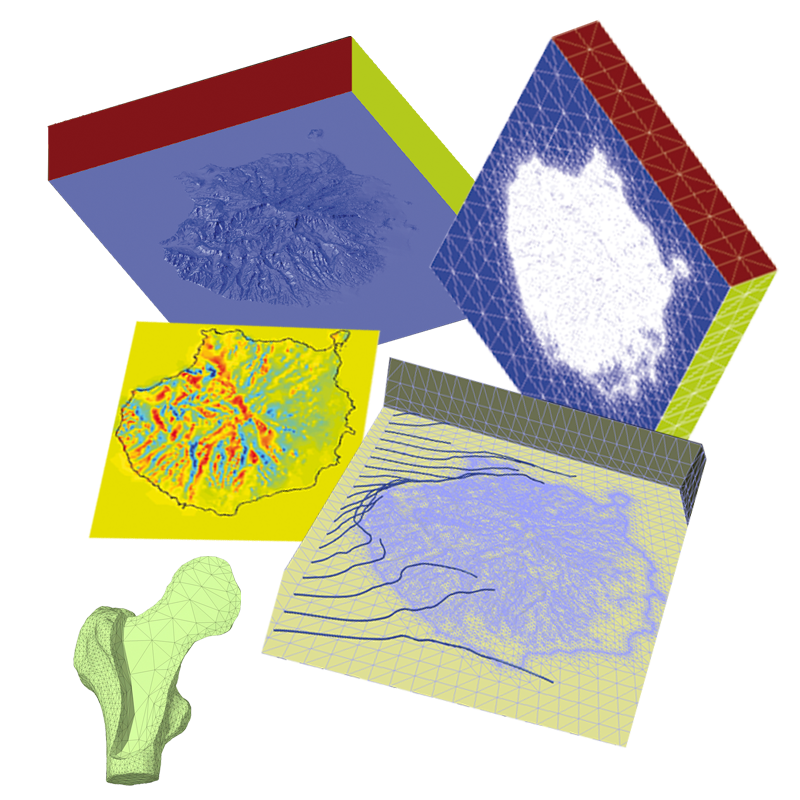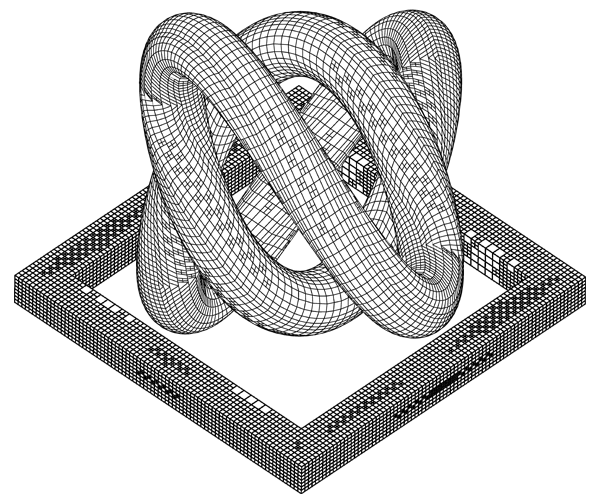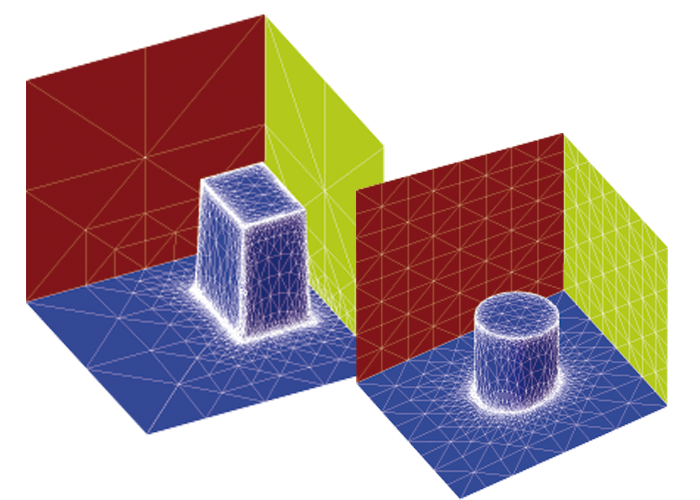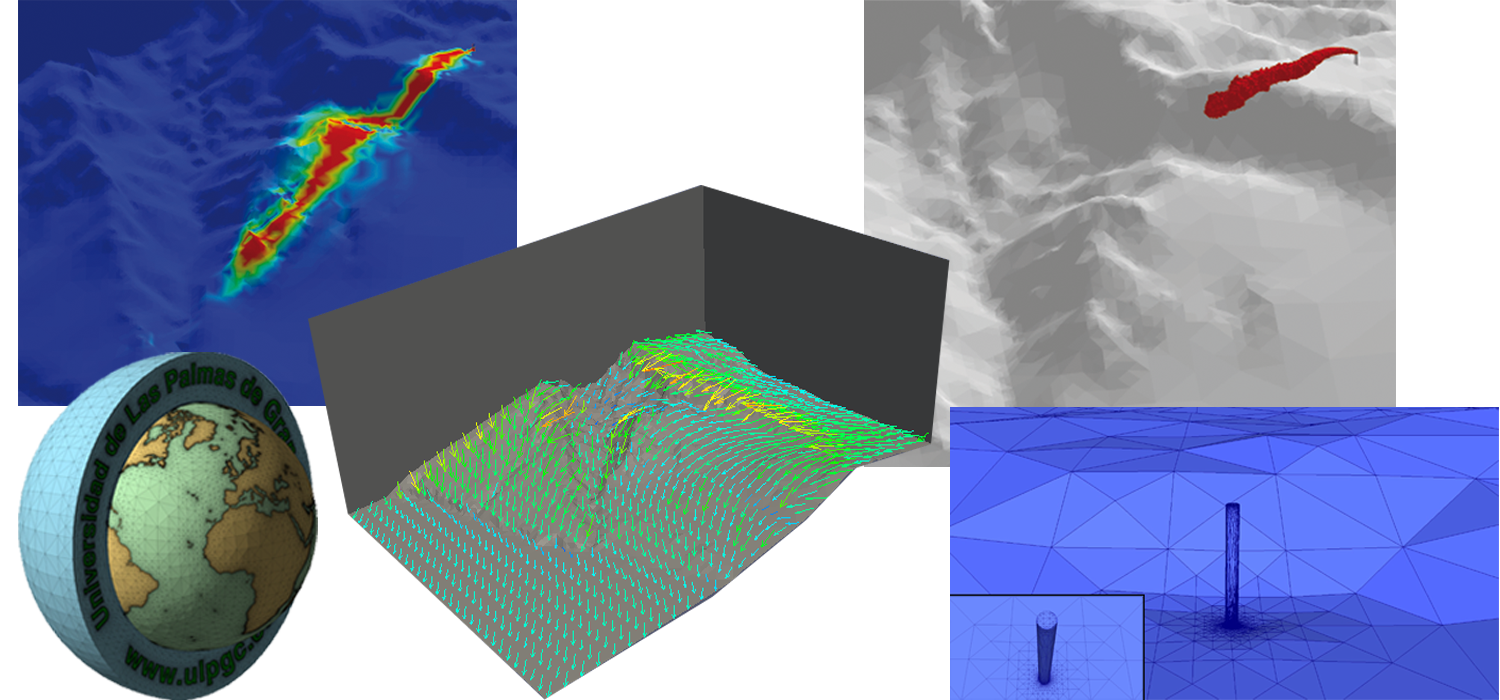|


|
|
This web has
been visited
times
|
|
 |
|
|
Project Description |
|

 |
| |
In this Project, improvements to the physical-mathematical
models, that we have developed in previous
coordinated projects (between Universitat
Politècnica de Catalunya, Universidad de Salamanca
and Universidad de Las Palmas de Gran Canaria), are
proposed. Moreover, in this new proposal the
Instituto Tecnológico de Canarias (two researchers
are included), Tecnosylva company (two researchers
are included) and the Agencia Estatal de
Meteorología (two researchers are also included) are
considered active EPOs in coordinated project. In
addition, Red Eléctrica de España is interested in
the following of the project. Specifically, we will
study new alternatives for (a) wind field simulation
over complex terrain and urban environment, (b) the
modelling of pollutant emissions and non-linear
chemistry, (c) data assimilation for forest fires
models and improvement by extension to multilayer
models and improvement of the computational
efficiency and (d) an adaptive solar radiation model
considering the beam, diffuse and reflected
radiation, as well as the effect of terrain shadows.
|
|
 |

|
|
 |
|
In addition, advanced numerical
techniques such as discontinuous Galerkin schemes
for Navier-Stokes and transport-reaction problems,
space and time adaptive techniques, time integration
schemes for non-linear reaction models, parameter
estimation and parallel computing, will be
considered. We will develop a new adaptive
tetrahedral mesh generation technique, based on the
meccano method, the construction of 3-D isogeometric
models with T-meshes and new techniques for mesh
optimization. The main objective of the project is
the combination of our local approaches with
predictive mesoscale models such as MM5, WRF, HIRLAM
or HARMONIE for weather, and CMAQ or MOCAGE for air
quality. These models usually solves the problems by
using finite difference methods on an structured
grid (defined on several nested domains) and can
predict atmospheric magnitudes with a maximum
resolution about 1 Km. The combination of these
predictive models with our adaptive finite element
models, which work with triangular or tetrahedral
unstructured meshes, will allow us to carry out
predictive simulations in a local scale accurately (about
a few meters). In this way, the terrain
characteristics and solution will be efficiently
approximated according to a desired precision. An
important objective of the project is the
implementation and validation of efficient codes for
the realistic simulation of environmental problems,
and their technology transfer to the EPOs.
|
|
 |
|
|
|
Latest Update:
24/10/2013 |
|


